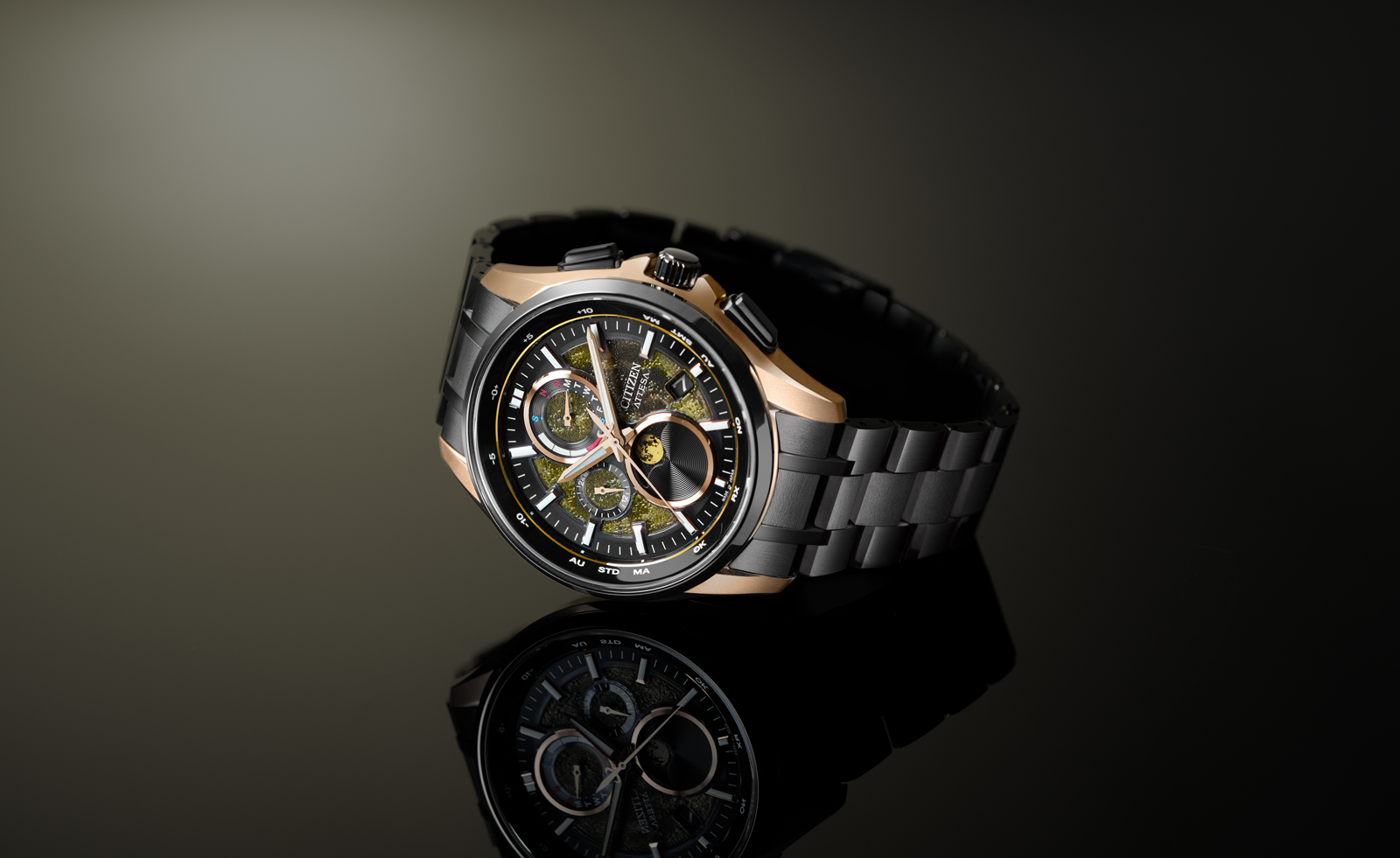
Japan’s industrial culture draws heavily on craft traditions developed over centuries, which makes the country a perfect fit for watchmaking’s blend of culture, design and technology. So it’s no surprise that Japanese watch brands include three of the world’s largest producers, Casio, Citizen and Seiko, as well as an emerging micro-brand sector. Pleasingly, there’s also a growing distinctiveness to Japanese watchmaking.
Japanese watch brands to know
Grand Seiko
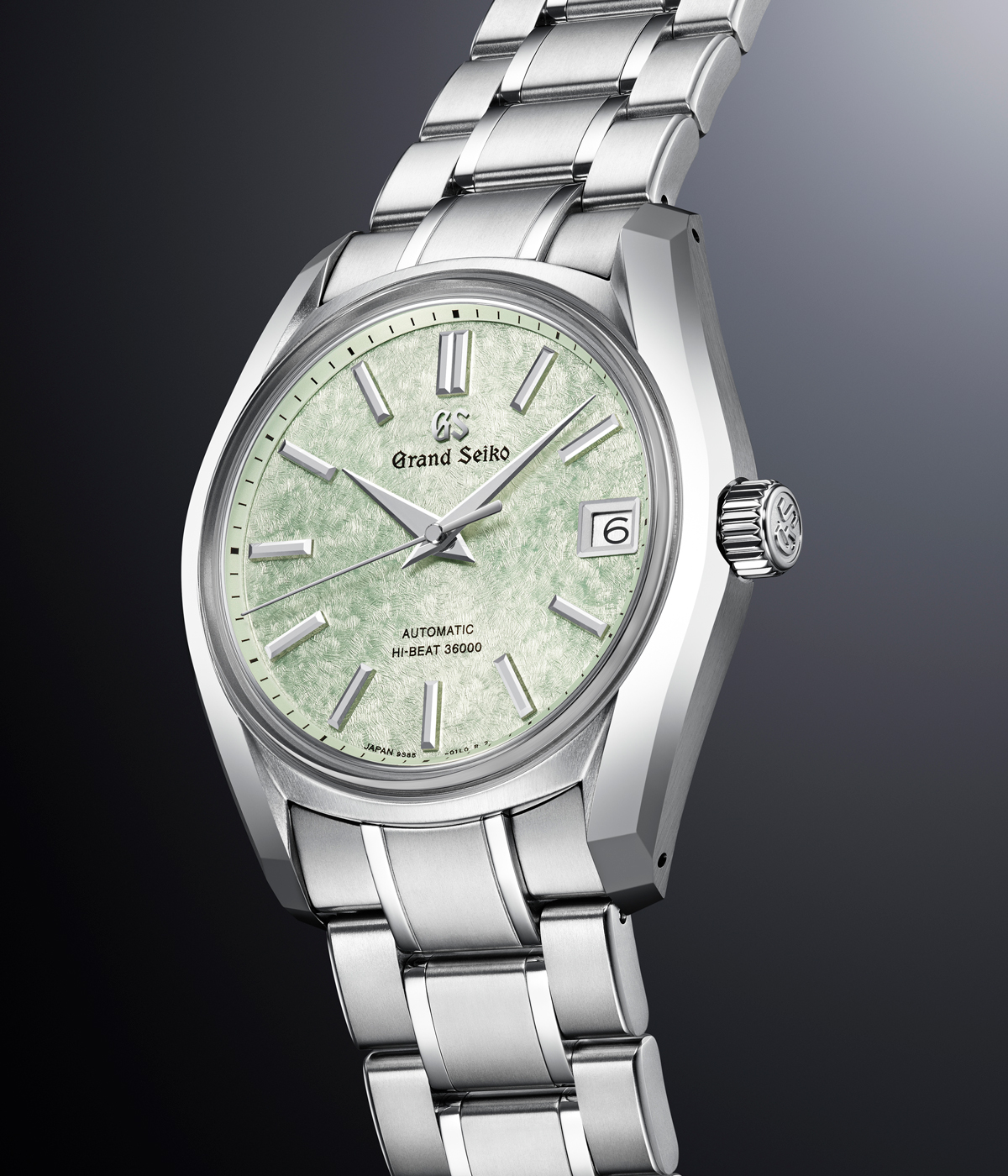
Grand Seiko has quietly emerged as one of the radical luxury Japanese watch brands building on a formula that mixes up traditional craft techniques underlaid with rock-solid engineering. The approach has been brewing for a couple of decades and has developed some subtle and interesting flavours that are nicely blended in the ‘Sakura-Wakaba’ 62GS Hi-Beat. That means a 38mm case design that looks back to the origins of Grand Seiko in the 1950s, but is executed in titanium, a handcrafted dial that reflects Japanese fascination with the seasons (Sakura Wakaba refers to cherry blossom and young leaves) all matched with a state-of-the-art movement running at 5Hz.
Grand Seiko watches are available at goldsmiths.co.uk
Citizen
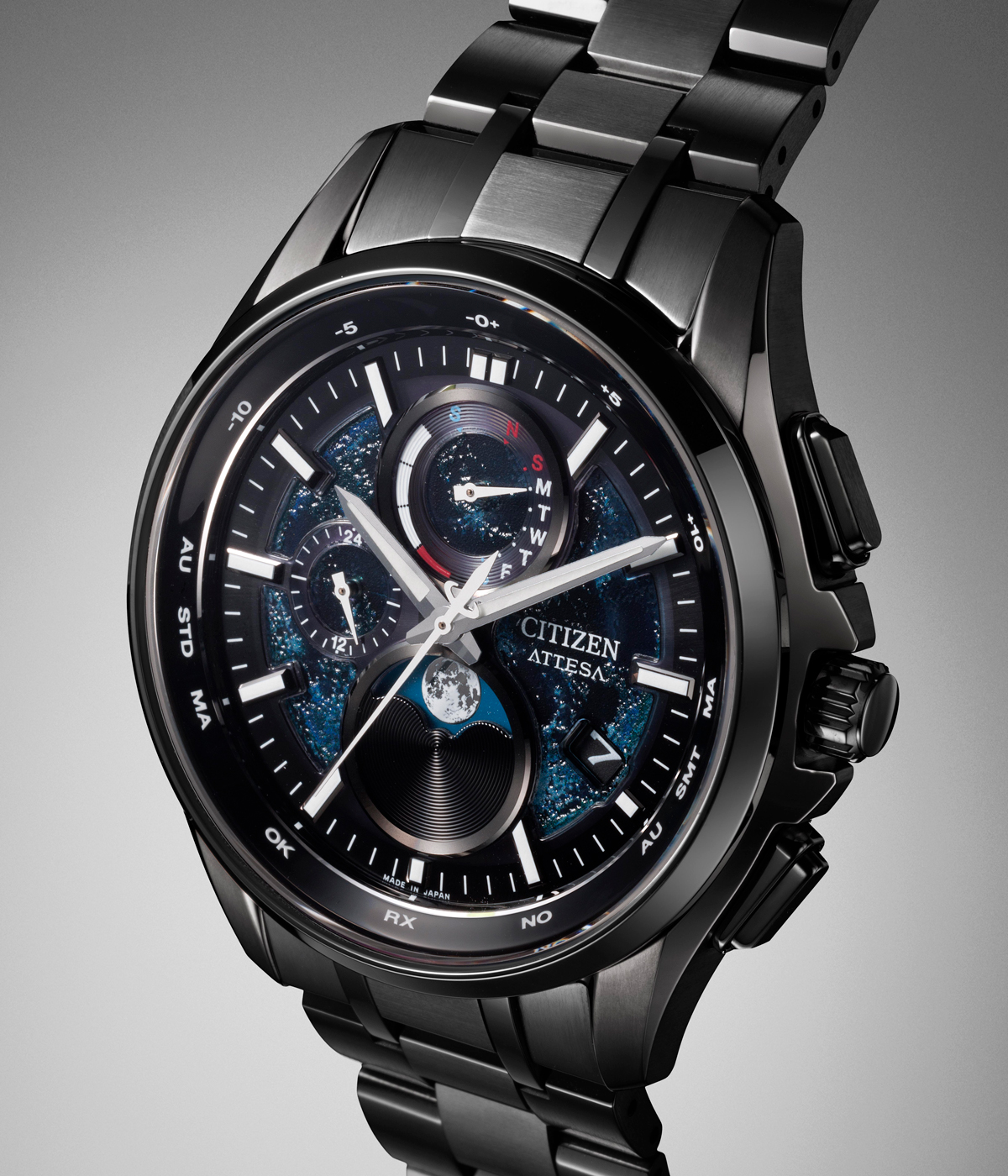
Another keiretsu (industrial conglomerate), the 100-year-old Citizen is the world’s largest watchmaker and its recipe has technological prowess as its base flavour, with sheer performance and durability as top notes – the brand was the first in the world to make watches that synced to atomic clocks by radio. There’s craft too, both in the approach to engineering and the more added-value sense – the Atessa Satellite Wave GPS is typical of Citizen’s higher-end watches. Lightweight and virtually bomb-proof (the case and bracelet are made from ‘Black Ion Super Titanium’), it’s packed with technology that means the watch will keep perfect time, adjust itself to time zone changes and daylight saving and keep on running whatever’s thrown at it, only needing the occasional glimpse of light to keep itself charged up.
Citizen watches are available from hsamuel.co.uk
Casio
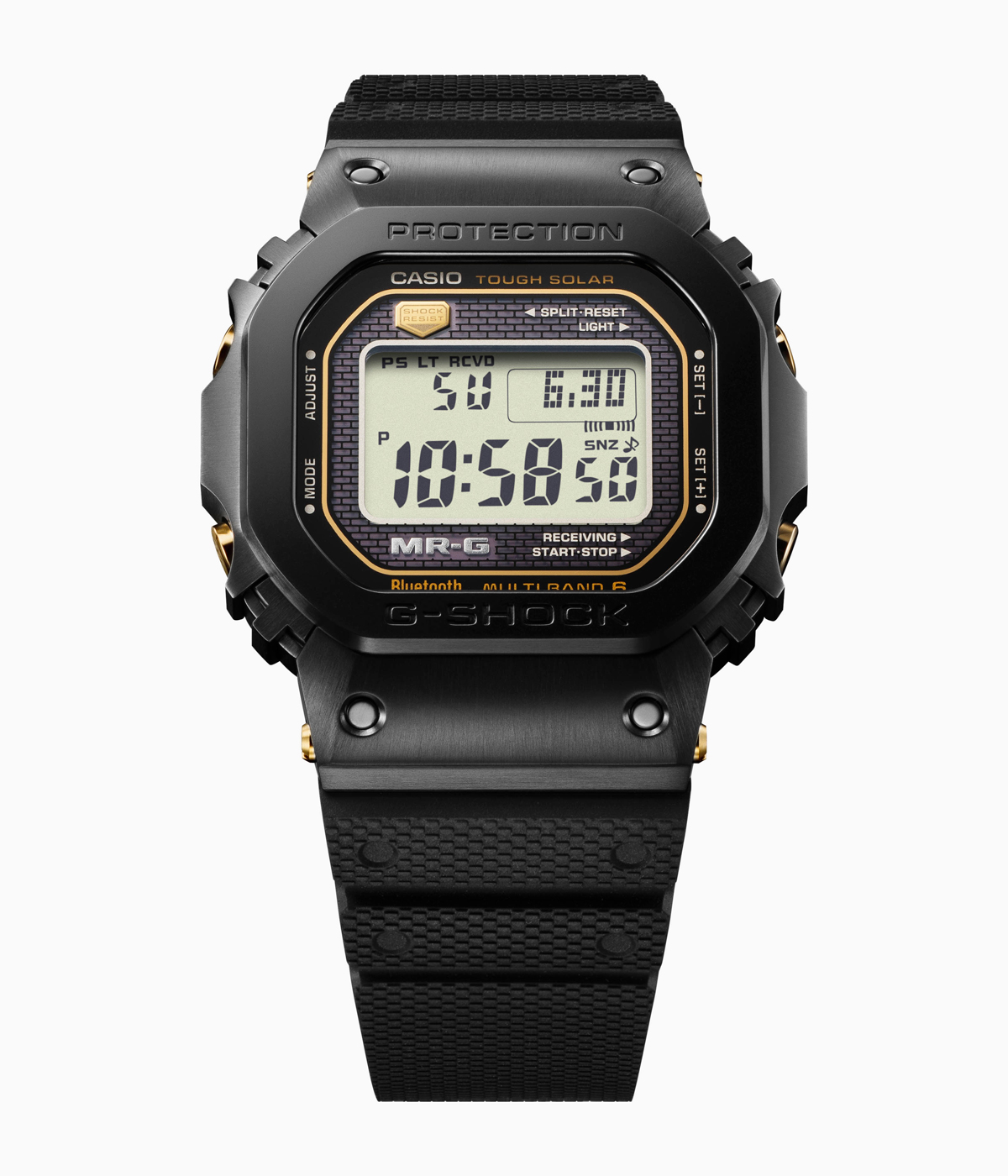
Casio’s origins are in electronics and its design culture is rooted in Japan’s post-war boom, serious for the office and almost wildly pop outside, never more so than with G-Shock. The only digital watch to have fan sites and coffee table books dedicated to it, G-Shock was initially designed by a young Casio engineer, Kikuo Ibe, to pass a simple test: survive a 10m drop, be water-resistant to 100m and last ten years on a single battery. The polyurethane case made the watch both cheap and easy to customise, resulting in Casio becoming almost as prolific a collaborator as Supreme, working with everyone from Nasa to Takashi Murakami, via special forces outfits, BAPE and Kid Cudi. The latest Mr G, the B5000, which harks back to the original 1983 design but executes in Titanium64 and Cobarion alloy and incorporates Bluetooth connectivity.
Minase
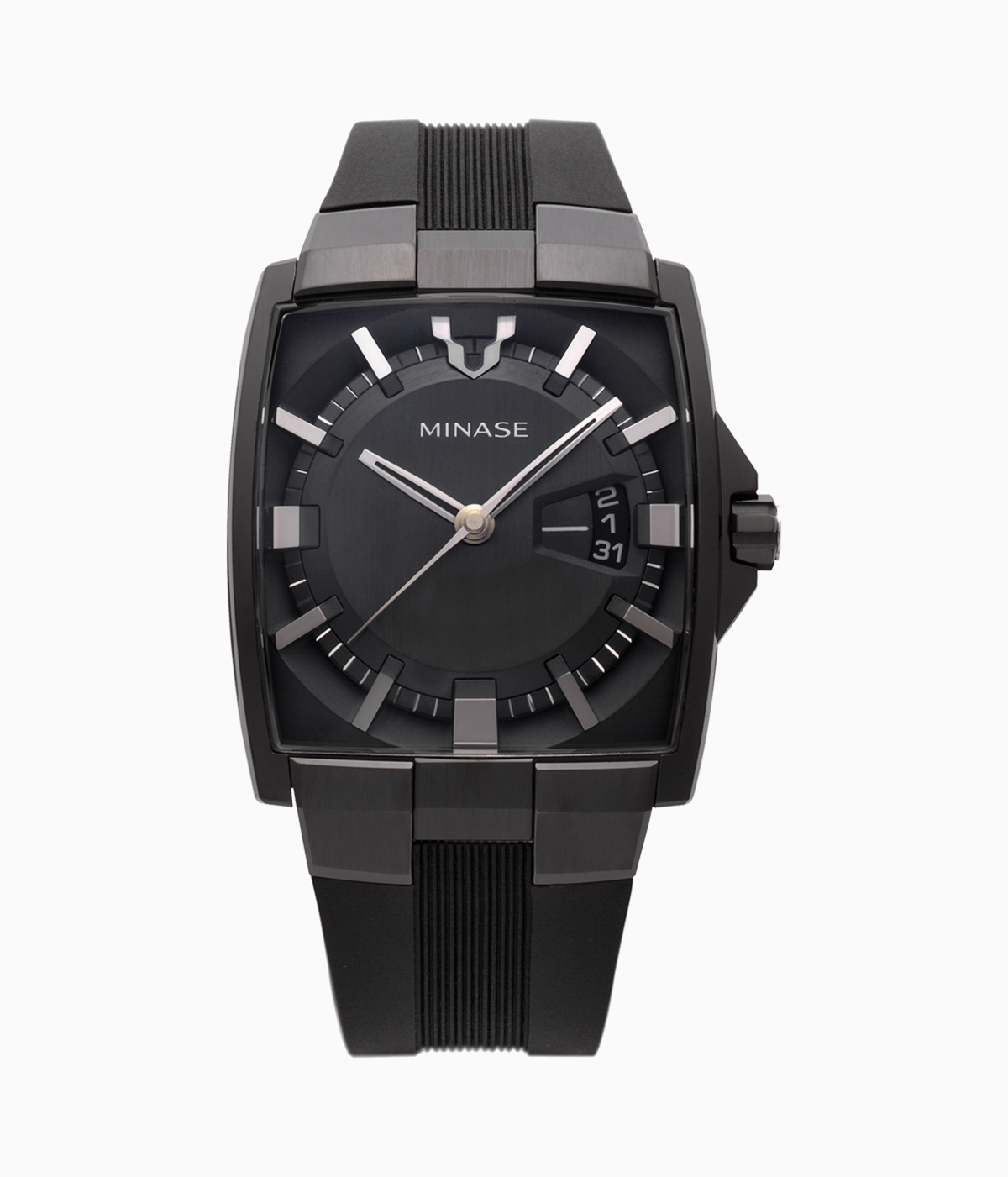
One of a handful of Japanese micro-brands, Minase focuses tightly on the watch’s design and construction, relying on tried and tested Swiss movements inside. Artisanal in approach and scale, the annual production being around 500 watches, Minase is renowned for its case-in-case construction, inspired by a traditional Japanese 3D puzzle. Most of the collection showcases craft techniques such as Sallaz polishing for the case and Suiboku-ga (‘ink and water painting’) and Maki-e (a technique that uses powdered metal to create patterns in lacquer) for the dials. The latest, the Horizon Gen DLC (Gen is 玄 in kanji characters and means depth and darkness), goes in a slightly different direction. All those curved edges and dark surfaces that are alternately glossy and matte finished are surprising from such a tradition-focused brand but captivating all the same. One nice, and very Japanese, touch is that the logo is a drill head, recognising the brand's roots in a machine tool company.
Daizoh Makihara
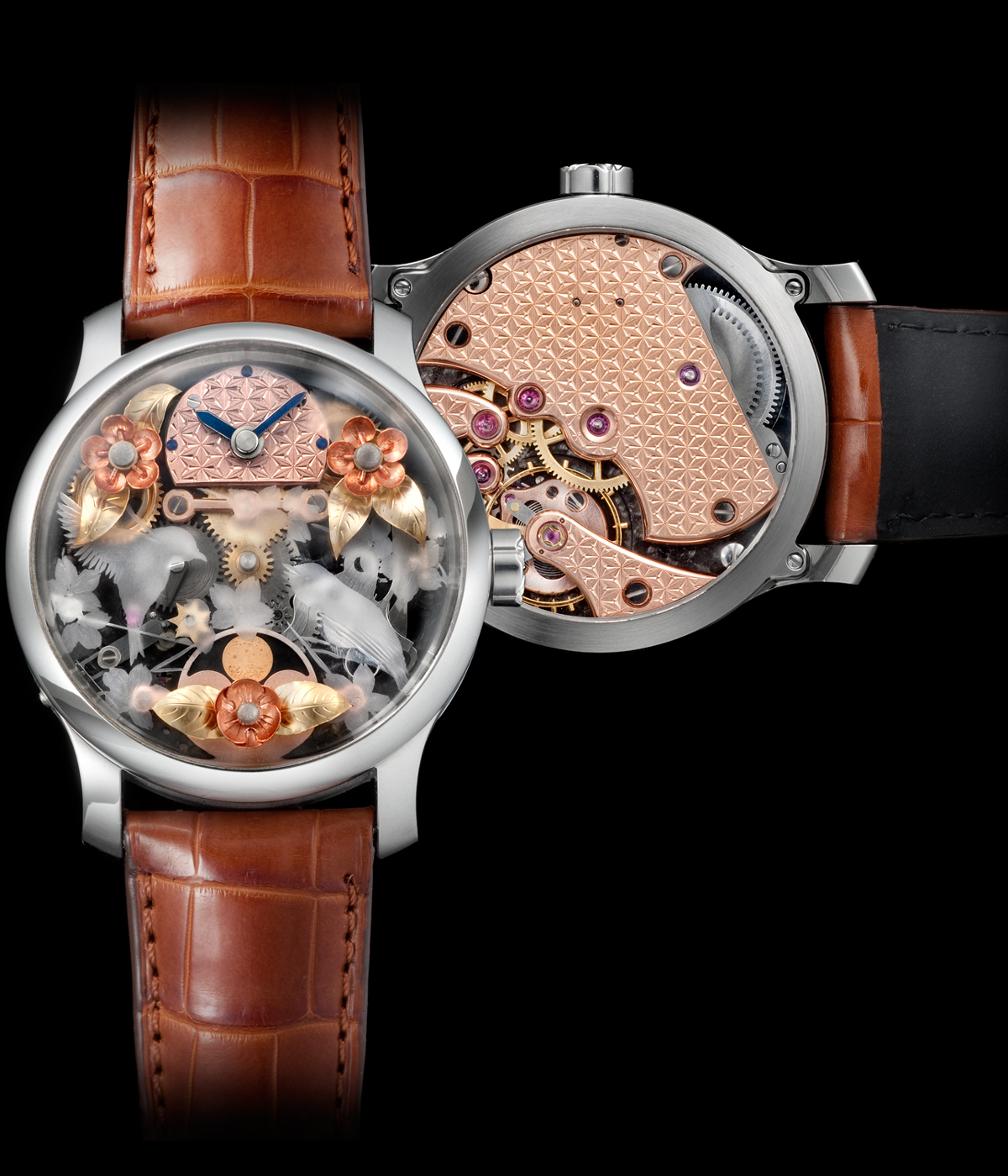
Daizoh Makihara is one of Japan’s very few independent makers. After initially training as a jeweller, Makihara became interested in watches and, inspired by the renowned Swiss maker Philippe Dufour, took up watchmaking, releasing his first watch in 2019 and completing his second design, Beauties of Nature, in 2021. It’s an extraordinary watch that’s based around an ‘Edo Kiriko’, an 18th-century cutting technique, a glass dial and an automaton movement – the flowers at 10 o'clock and 2 o'clock positions slowly open over 24 hours and 12 hours respectively, and close momentarily at the end of each period. Behind the flower at 6 o’clock is a moon phase accurate to one day in 122 years. Makihara is also an adept engraver and has decorated the plates with a formalised blossom pattern. Unsurprisingly, Makihara has a waitlist that’s stretching to years.







